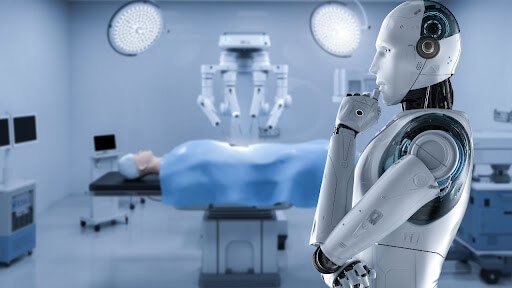
How to Integrate Robotics into Healthcare Applications?
In recent years, the use of robotics in healthcare has been gaining momentum as healthcare providers seek innovative solutions to improve patient care, streamline operations, and increase efficiency. From robotic surgery to robotic assistance in physical therapy, the applications of robotics in healthcare are vast and ever-expanding. In this article, we will explore how healthcare professionals can seamlessly integrate robotics into various healthcare applications.
1. Robotic Surgery
One of the most prominent applications of robotics in healthcare is robotic surgery. Robotic surgical systems, such as the da Vinci Surgical System, offer surgeons enhanced precision, dexterity, and control during minimally invasive procedures. By integrating robotic technology into surgical operations, healthcare providers can reduce surgical errors, minimize recovery time, and improve patient outcomes.
2. Rehabilitation Robotics
Robotics has also made significant advancements in the field of physical therapy and rehabilitation. Rehabilitation robots, such as exoskeletons and robotic prosthetics, can assist patients in regaining mobility and strength following injuries or surgeries. By incorporating robotics into rehabilitation programs, healthcare providers can personalize treatment plans, track patient progress, and optimize therapy sessions.
3. Telemedicine and Remote Monitoring
With the rise of telemedicine and remote monitoring, robotics has become vital in delivering healthcare services to patients in remote or underserved areas. Robotic telepresence systems enable healthcare providers to consult with patients virtually, perform remote examinations, and monitor vital signs in real-time. By leveraging robotics for telemedicine and remote monitoring, healthcare professionals can extend their reach, improve access to care, and enhance patient satisfaction.
4. Pharmacy Automation
Pharmacy automation systems, such as robotic dispensing machines and automated medication management systems, play a crucial role in modern healthcare settings. By automating medication storage, dispensing, and management processes, healthcare providers can reduce medication errors, improve medication adherence, and enhance patient safety. Integrating robotics into pharmacy operations can streamline workflows, optimize inventory management, and free up valuable time for pharmacists to focus on patient care.
5. Robotic Assistants
Robotic assistants, also known as healthcare robots, are designed to perform various tasks in medical settings to support healthcare professionals and enhance patient care. From assisting with patient lifting and transferring to delivering supplies and disinfecting surfaces, robotic assistants can improve efficiency, reduce physical strain on staff, and minimize the risk of cross-contamination. By integrating robotic assistants into healthcare teams, providers can create safer, more productive work environments and deliver high-quality care to patients.
Conclusion
As robotics technology continues to evolve and become more sophisticated, its integration into healthcare applications is poised to revolutionize the way healthcare is delivered and experienced. By embracing robotics solutions, healthcare providers can enhance patient outcomes, streamline operations, and drive innovation in the healthcare industry. As we look to the future of healthcare, the integration of robotics will undoubtedly play a pivotal role in shaping the delivery of care and improving the overall healthcare experience for patients and providers alike.
Was this helpful?
0 / 0